Have you ever wondered what the health impact of a stressful day was? Will you perform well during your long run or training session tomorrow morning? Is there anything you can do today that would improve your ability to have a better day tomorrow? HRV may be a piece of data that could help you answer these questions. What is HRV? HRV is simply a measure of the variation in time between each heartbeat, also known as the RR interval. This variation is controlled by a primitive part of the nervous system called the autonomic nervous system (ANS). The ANS works regardless of our desire and regulates, among other things, our heart rate, blood pressure, breathing, and digestion. The ANS is subdivided into two large components, the sympathetic and the parasympathetic nervous system, also known as the fight-or-flight mechanism and the relaxation response. The brain is constantly processing information in a region called the hypothalamus. The hypothalamus, through the ANS, sends signals to the rest of the body either to stimulate or to relax different functions. It responds not only to a poor night of sleep, or that sour interaction with your boss, but also to the exciting news that you got engaged, or to that delicious healthy meal you had for lunch. Our body handles all kinds of stimuli and life goes on. However, if we have persistent instigators such as stress, poor sleep, unhealthy diet, dysfunctional relationships, isolation or solitude, and lack of exercise, this balance may be disrupted, and your fight-or-flight response can shift into overdrive. Why Monitor HRV? HRV is a noninvasive way to identify these ANS imbalances. If a person’s system is in more of a fight-or-flight mode, the variation between subsequent heartbeats is low. If one is in a more relaxed state, the variation between beats is high. In other words, the healthier the ANS the faster you are able to switch gears, showing more resilience and flexibility. Over the past few decades, research has shown a relationship between low HRV and worsening depression or anxiety. A low HRV is even associated with an increased risk of death and cardiovascular disease (Buccelletti et al., 2009; Tsuji et al., 1994). People who have a high HRV may have greater cardiovascular fitness and be more resilient to stress. HRV may also provide personal feedback about your lifestyle and help motivate those who are considering taking steps toward a healthier life. It is fascinating to see how HRV changes as you incorporate more mindfulness, meditation, sleep, and especially physical activity into your life. For those who love data and numbers, this can be a convenient way to track how your nervous system is reacting not only to the environment, but also to your emotions, thoughts, and feelings. Measuring HRV The gold standard to measure HRV is to analyze a long strip of an electrocardiogram, the test that occurs frequently in medical offices where wires are attached to the chest. But over the past few years, several companies have created heart rate monitors that sync with apps that do something similar. The accuracy of these methods is still under scrutiny, but the technology is improving substantially. A word of caution is that there are no agencies regulating these devices, thus they may not be as accurate as claimed to be. With that said, the easiest and cheapest way to check HRV is to buy a chest strap heart monitor (e.g., Polar H10) and download a free app (e.g., Elite HRV) to analyze the data. The chest strap monitor tends to be more accurate than wrist or finger devices. Check your HRV in the mornings after you wake up, a few times a week, and track for changes as you incorporate healthier interventions. Tracking HRV may be a great tool to motivate behavioral change for some. HRV measurements can help create more awareness of how you live and think, and how your behavior affects your nervous system and bodily functions. While it obviously can’t help you avoid stress, it could help you understand how to respond to stress in a healthier way. While there are questions about measurement accuracy and reliability, if you decide to use HRV as another piece of data, do not get too confident if you have a high HRV, or too scared if your HRV is low. Think of HRV as a preventive tool, a visual insight into the most primitive part of your brain. Increasing HRV Far from the metronome we might assume it to be, the healthiest heart beat follows a fractal pattern, with varying lengths of time separating each pulse (Tapanainen et al., 2002; Yaniv, Y., Lyashkov, A. E., Lakatta, E. G., 2013). A higher HRV suggests a relaxed, low-stress physiological milieu, while a lower HRV indicates a need for recovery, rest, and sleep. Therefore, in order to increase HRV, generally speaking, a more relaxed, low-stress environment is desirable. While there are a number of ways to reduce stress and increase relaxation, here are some examples that have been observed to increase HRV:
References
0 Comments
Determining The Daily Dose of Nature Humans are ancient beings living in a modern world. We have been hard-wired through evolution to require and seek contact with nature. A healthy, balanced life, physically and emotionally, requires this contact. Exposure to nature is one of the key foundations to a meaningful life. Indeed, a growing body of evidence overwhelmingly suggests connecting with nature is paramount for optimal health. Connection with nature has been associated with:
How much exposure to nature and outdoor natural environments is necessary, though, to ensure healthy development? Are there such things as minimum daily requirements of nature? Determining a daily dose of exposure to nature is comparable to the nutrition pyramid that has been touted as a useful guide for the types and quantity of food consumption necessary to be healthy. It has been dubbed the Nature Pyramid,. Referring to the standard nutritional pyramid, towards the top are things that are less healthful in larger quantities—meat, dairy, sugar—and should be consumed in the smallest proportions. Moving down the pyramid are elements in the diet—fruits and vegetables—that should be consumed more frequently and in greater quantity, and then finally the foods that contain the most nutrients that are needed on a daily basis. The Nature Pyramid would work in a similar way. The Nature Pyramid challenges us to think about what the analogous quantities of nature are, and the types of nature exposures and experiences, needed to bring about a healthy life. Exposure to nature, that is direct personal contact with natural, is not an optional thing, but rather is a necessary and important element of a healthy human life. So, like the nutritional pyramid, what specifically is required for optimal health? What amounts of nature, different nature experiences, and exposure to different sorts of nature, together constitute a healthy existence? While researchers may lack the same degree of scientific certainly or confidence regarding a specific quantifiable amount of connection with nature necessary to ensure a healthy life, the pyramid at least begins to ask the right questions. Nature-Deficit Disorder and the Nature Principle In 2005, in Last Child in the Woods, Richard Louv introduced the term nature-deficit disorder, not as a medical diagnosis, but as a way to describe the growing gap between humans and nature. Every day, our relationship with nature, or the lack of it, influences our lives. This has always been true. But in the twenty-first century, our survival — or thrival — will require a transformative framework for that relationship, a reunion of humans with the rest of nature. The Nature Principle is an amalgam of converging theories and trends as well as a reconciliation with old truths. This principle holds that a reconnection to the natural world is fundamental to human health, wellness, spirit, and survival. Primarily a statement of philosophy, the Nature Principle is supported by a growing body of theoretical, anecdotal, and empirical research that describes the restorative power of nature — its impact on our senses and intelligence; on our physical, psychological, and spiritual health; and on the bonds of family, friendship, and the multispecies community. What would our lives be like if our days and nights were as immersed in nature as they are in electronics? How can each of us help create that life-enhancing world, not only in a hypothetical future, but right now, for our families and for ourselves? Our sense of urgency grows. In 2008, for the first time in history, more than half of the world’s population lived in towns and cities. The traditional ways that humans have experienced nature are vanishing, along with biodiversity. At the same time, our culture’s faith in technological immersion seems to have no limits, and we drift ever deeper into a sea of circuitry. We consume breathtaking media accounts of the creation of synthetic life, combining bacteria with human DNA; of microscopic machines designed to enter our bodies to fight biological invaders or to move in deadly clouds across the battlefields of war; of virtually-augmented reality; of futuristic houses in which we are surrounded by simulated reality transmitted from every wall. We even hear talk of the “transhuman” or “posthuman” era in which people are optimally enhanced by technology, or of a “postbiological universe” where, as NASA’s Steven Dick puts it, “the majority of intelligent life has evolved beyond flesh and blood intelligence.” This collective disorder threatens our health, our spirit, our economy, and our future stewardship of the environment. Yet, despite what seem prohibitive odds, transformative change is possible. The loss that we feel, this truth that we already know, sets the stage for a new age of nature. In fact, because of the environmental challenges we face today, we may be — we had better be — entering the most creative period in human history, a time defined by a goal that includes but goes beyond sustainability to the renaturing of everyday life. Symptoms of Nature-Deficit Disorder Do you or does someone you know experience nature-deficit disorder (NDD)? In this day in age, it is common to develop mild or severe forms of NDD. Here are several symptoms to look out for:
Interpreting the Nature Pyramid At the bottom of the pyramid are forms of nature and outside life that should form the bulk of our daily experiences. Here there are the many ways in which we might daily enjoy and experience nature, both suburban and urban. As adults, a healthy nature diet requires being outside at least part of each day, walking, strolling, sitting, though it need not be in a remote and untouched national park or otherwise more pristine natural environment. Brief experiences and brief episodes of respite and connection are valuable to be sure: watching birds, hearing the outside sounds of life, and feeling the sun or breeze on one’s arms are important natural experiences, though perhaps brief and fleeting. Some of these experiences are visual and we know that even views of nature from office or home windows provides value. For school aged kids spending the day in a school drenched in full spectrum nature daylight is important and we know the evidence is compelling about the emotional value of this. Every day kids should spend some time outside, sometime playing and running outside, in direct contact with nature, weather, and the elements. Moving from the bottom to the top of the pyramid also corresponds to an important temporal dimension. We need and should want to visit larger more remote parks and natural areas, but for most of us the majority of these larger parks will not be within distance of a daily trip. Each week, we should seek out a local park or area larger than your backyard. Each month, we should seek out a larger, national park. At the top of the pyramid are places and nature experiences that are profoundly important and enriching yet are more likely to happen less frequently, such as remote verdant areas, perhaps only several times a year. They are places of nature where immersion is possible, and where the intensity and duration of the nature experience are likely to be greater. And in between these temporal echelons (from daily to yearly) lie many of the nature opportunities and experiences that happen often on weekends or holidays or every few weeks, and perhaps without the degree of regularity that daily neighborhood nature experiences provide. Like the food items higher on the food pyramid, the sites of nature highest on the Nature Pyramid might best be thought of occasional treats in our nature diet—good for us in small and measured servings, but actually unhealthy if consumed too often or in too great a quantity. For many urbanites from industrialized nations, large amounts of money and effort are expended visiting remote areas, from Patagonia, to the cloud forests of Costa Rica, to the Himalayas. It seems we relish and celebrate the ecologically remote and exotic. While they are deeply enjoyable nature experiences, to be sure, they come at a high planetary cost, as the energy and carbon footprint associated with jetting to these places is large indeed. No longer are such trips appreciated as unique and special “trips of a lifetime,” but fairly common and increasingly pedestrian jaunts to the affluent citizenry of the North. The Nature Pyramid sends a useful signal that travel to faraway nature may as glutinous and unhealthy as eating at the top of the food pyramid.
Suggested dosage for nature exposure A Solution: Shinrin-yoku (Forest Bathing)Forest bathing—or Shinrin-yoku Forest Therapy—is a Japanese healing method that allows an individual to immerse in the forest’s atmosphere. It stills the mind, leaving bathers focused and more alert. Researchers have observed that evergreen trees secret a natural chemical called phytoncide, which directly reduced stress levels and boosted immune systems in subjects (Li, 2009). Researchers (Hansen, Jones and Tocchini, 2017) have determined with the healing components of Shinrin-yoku specifically hones in on the therapeutic effects on:
How to Forest Bath
ReferencesBeatley, T. (2012). Exploring the Nature Pyramid – The Nature of Cities. [online] The Nature of Cities. Available at: https://www.thenatureofcities.com/2012/08/07/exploring-the-nature-pyramid/ [Accessed 21 Mar. 2018].
Hansen, M., Jones, R. and Tocchini, K. (2017). Shinrin-Yoku (Forest Bathing) and Nature Therapy: A State-of-the-Art Review. International Journal of Environmental Research and Public Health, 14(12), p.851. https://doi.org/10.3390/ijerph14080851 Kotera, Y., Richardson, M. & Sheffield, D. (2022). Effects of Shinrin-Yoku (Forest Bathing) and Nature Therapy on Mental Health: a Systematic Review and Meta-analysis. Int J Ment Health Addiction 20, 337–361. https://doi.org/10.1007/s11469-020-00363-4 Li, Q. (2009). Effect of forest bathing trips on human immune function. Environmental Health and Preventive Medicine, 15(1), pp.9-17. https://doi.org/10.1007/s12199-008-0068-3 Li Q. (2022). Effects of forest environment (Shinrin-yoku/Forest bathing) on health promotion and disease prevention -the Establishment of "Forest Medicine". Environ Health Prev Med. doi: 10.1265/ehpm.22-00160. PMID: 36328581; PMCID: PMC9665958. Louv, R. (2012). The Nature Principle: Reconnecting with Life in a Virtual Age. Algonquin Books.
Researchers set out to identify geographical characteristics that constitute an enriched environment affecting the human brain. A total of 341 older adults participated to establish three latent brain factors (amygdala, pACC and dorsolateral prefrontal cortex (DLPFC)) to test the effects of forest, urban green, water and wasteland around the home address. The results reveal a significant positive association between the coverage of forest and amygdala integrity. This evidence suggests that forests may have health-promoting effects on the integrity of the amygdala. Since cross-sectional data does not allow causal inference it could also be that individuals with high structural integrity choose to live closer to forest (Kühn et al., 2017). Background In experiments conducted on rodents, researchers have observed experience-dependent alterations of the brain in the form of adult neurogenesis and synaptic plasticity using so-called “enriched environments”. In such an environment, rats could roam freely with those held in cages with access to food, water and bedding. That is, a complex environment that offers a higher degree of stimulation has been observed to facilitate brain plasticity as revealed by studies measuring neurons. Still the evidence acquired in studies on enriched environments in animals provides important information to infer what an enriched environment may look like in humans. At first sight one may conclude that city dwellers experience more complexity and novelty in their environment compared to people living in more rural regions. However, in contrast to this, a growing body of research suggests that urban environments encompasses a set of adverse psychosocial influences that facilitate chronic stress. This is in line with epidemiological evidence showing that mental health problems are more frequent in urban as compared to rural areas. This has been shown for mood and anxiety disorders as well as schizophrenia, with up to 56% higher prevalence rates when comparing most to least urbanized regions. Reasons for this may lie in the repeated infringement of personal space in cities that may trigger the brains’ threat system and in particular the repeated exposure to strangers may facilitate chronic engagement of the amygdala. At the same time a growing body of research has shown that living close to natural landscapes has beneficial effects on mental health as well as well-being, mood, cognition, but also longevity and mortality. Researchers have observed that moving to greener urban areas is associated with improvements in mental health. Moreover, it has been shown that more green space in deprived urban neighbourhoods is associated with less perceived stress and healthier diurnal cortisol responses. In Japan a so-called practice of “forest bathing” has been established under the term “Shinrin-yoku”. Although the empirical evidence base on Shinrin-yoku is small, first studies have demonstrated beneficial effects of passive viewing and active exploration of forest landscapes onto stress markers such as concentrations of cortisol, pulse rate, blood pressure, parasympathetic and sympathetic nerve activity. Green landscapes and forests may be viewed as environmental enrichment factors in humans. What has been shown in the neuroscientific literature is that urban upbringing and city living might be detrimental by affecting stress processing in humans. More concretely, current city living has been associated with increases in amygdala activity in comparison to living in more rural areas, whereas being brought up in an urban environment in the first 15 years of life increased stress related functional brain activity in the perigenual anterior cingular cortex (pACC). Researchers set out to apply established characteristics of geographical features within cities in more depth and associate these cross-sectionally with brain structural integrity. The purpose of the study was to investigate what may constitute an enriched environment for human beings on the micro level within the city of Berlin, complementing previous studies that discriminated brain differences of inhabitants of cities, towns and rural regions on the macro level (Kühn et al., 2017). ReferencesAmemori, K. and Graybiel, A. (2012). Localized microstimulation of primate pregenual cingulate cortex induces negative decision-making. Nature Neuroscience, 15(5), pp.776-785. https://doi.org/10.1038/nn.3088
Ernst, J., Hock, A., Henning, A., Seifritz, E., Boeker, H. and Grimm, S. (2016). Increased pregenual anterior cingulate glucose and lactate concentrations in major depressive disorder. Molecular Psychiatry, 22(1), pp.113-119. https://doi.org/10.1038/mp.2016.73 Kühn, S., Düzel, S., Eibich, P., Krekel, C., Wüstemann, H., Kolbe, J., Martensson, J., Goebel, J., Gallinat, J., Wagner, G. and Lindenberger, U. (2017). In search of features that constitute an “enriched environment” in humans: Associations between geographical properties and brain structure. Scientific Reports, 7(1). https://doi.org/10.1038/s41598-017-12046-7 |
The Awareness domain contains research, news, information, observations, and ideas at the level of self in an effort to intellectualize health concepts.
The Lifestyle domain builds off intellectual concepts and offers practical applications.
Taking care of yourself is at the core of the other domains because the others depend on your health and wellness.
Archives
May 2024
Categories
All
|

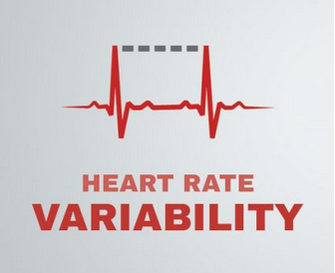
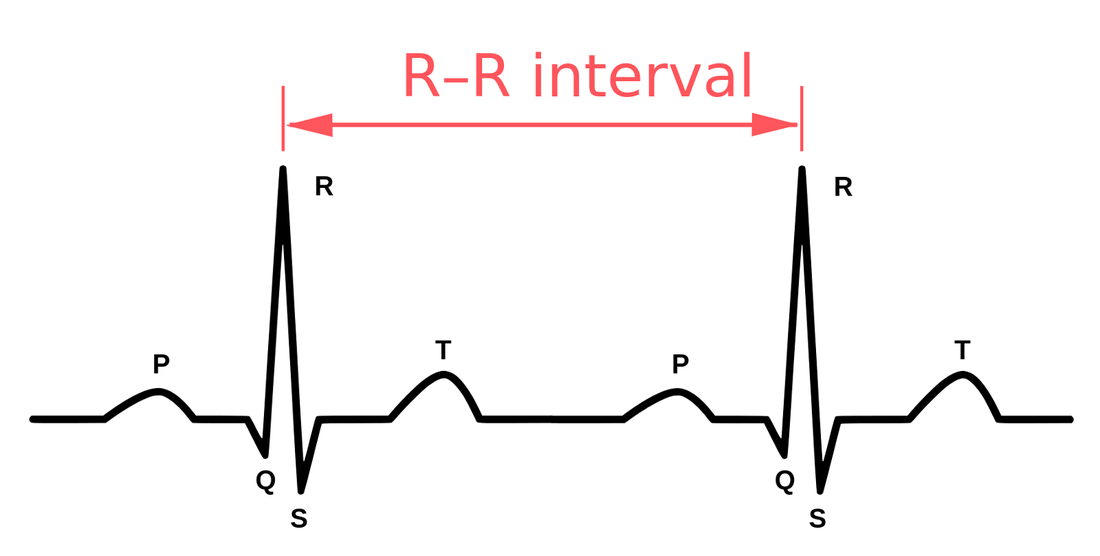
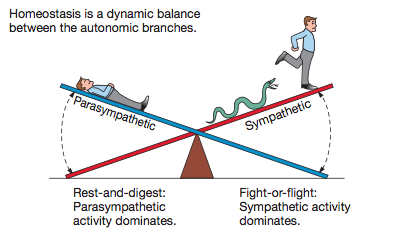
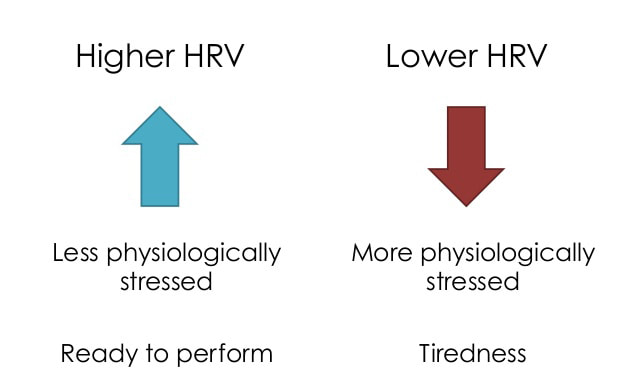
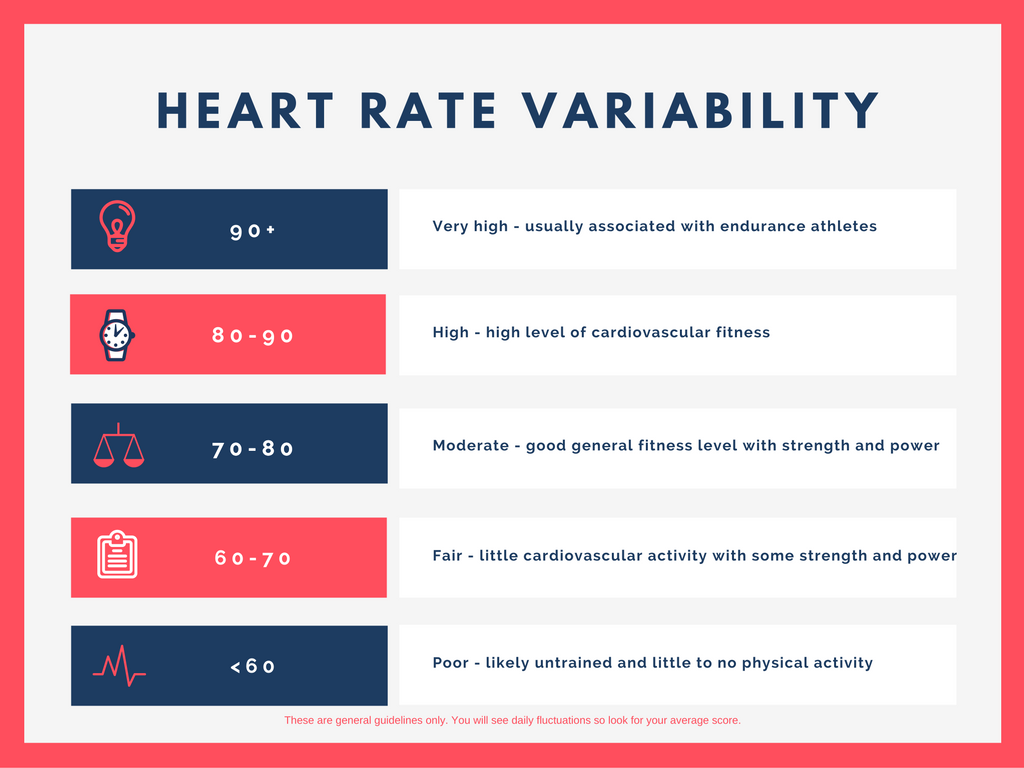
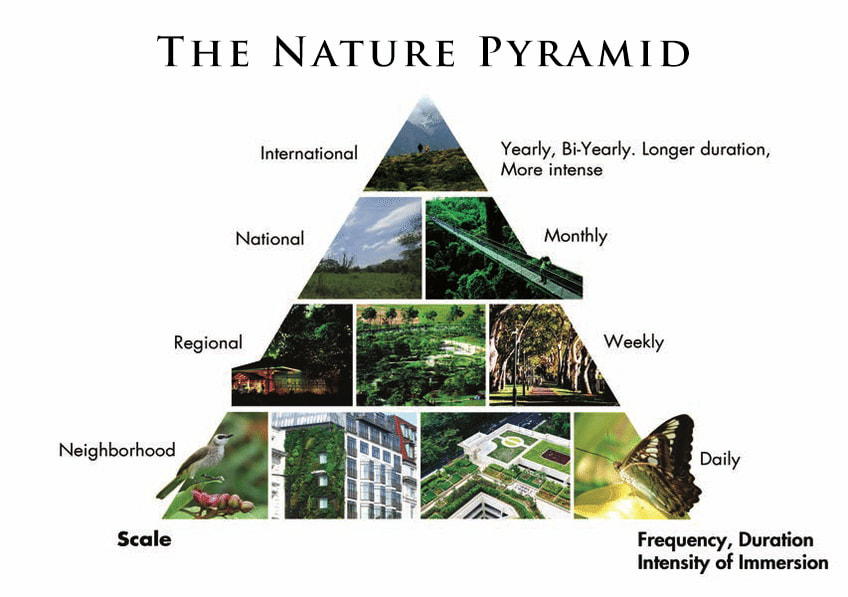

 RSS Feed
RSS Feed

